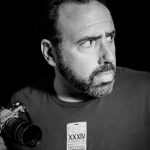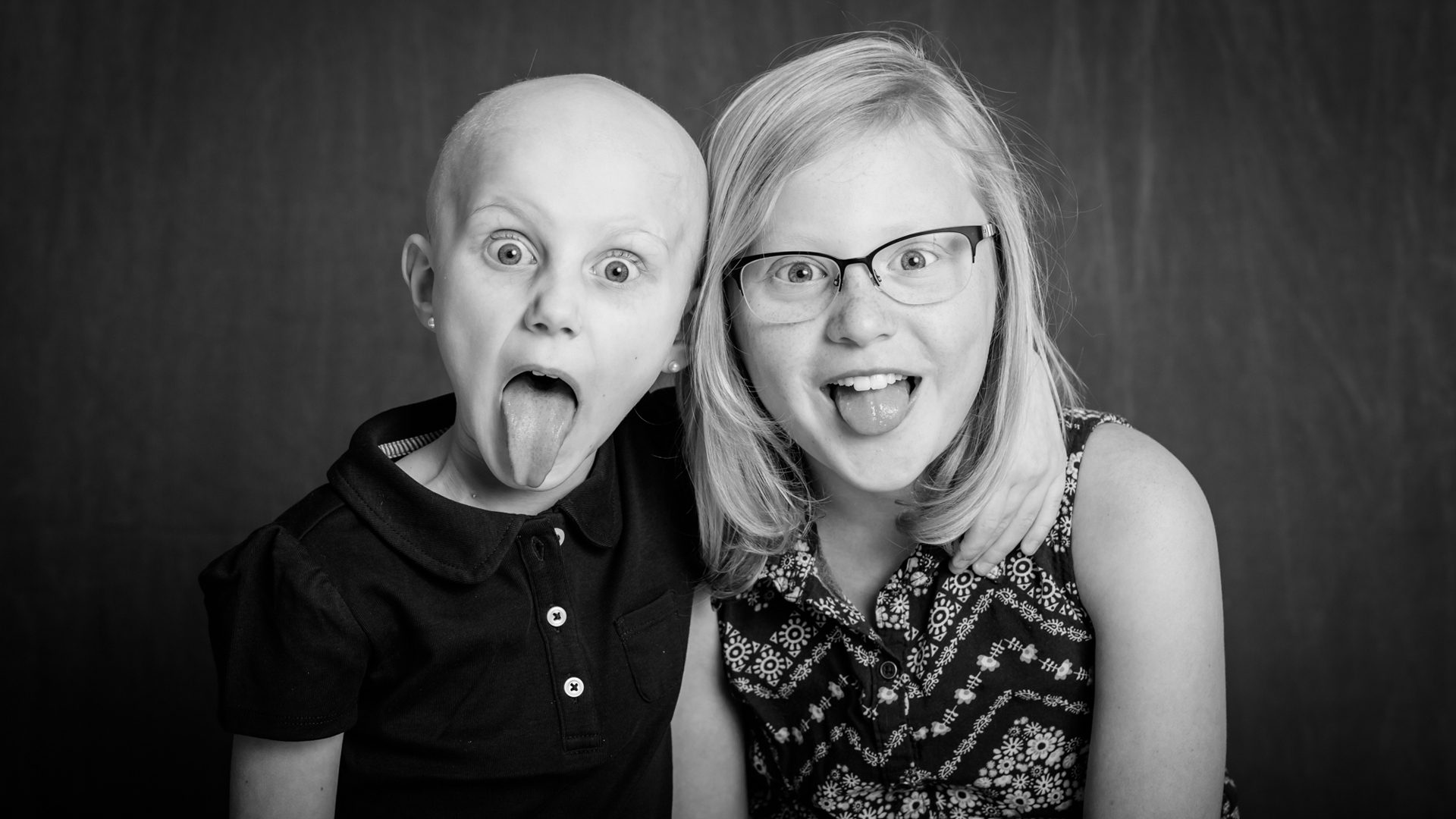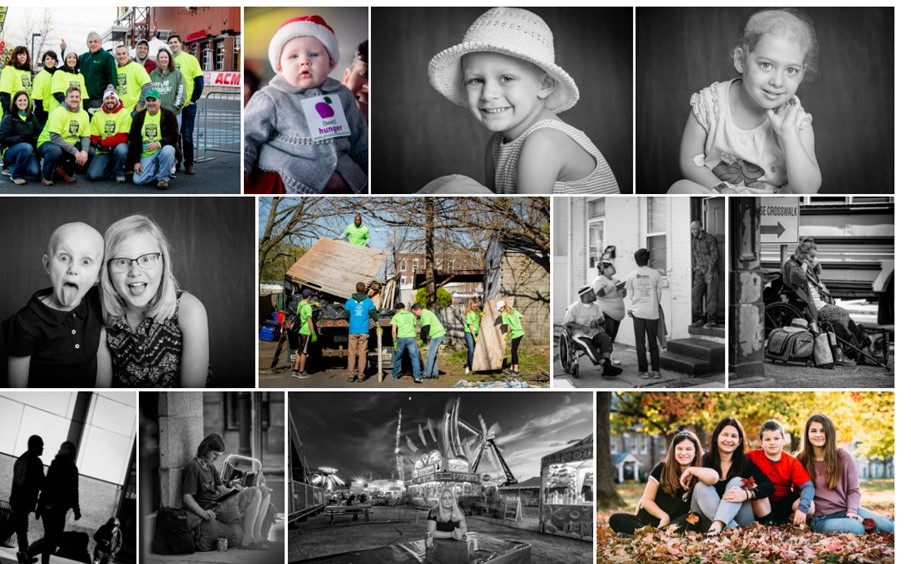The following article was exerpted from the Adorama Learning Center (art-and-activism-how-i-use-my-camera-to-make-a-difference), with permission of the author, BP Miller:
At an early age, I knew I’d find a home within the arts. Whether it was on stage, or on screen … I wanted to be recognized and admired. I wanted people to know who I was.
Puberty was kind enough to give me a voice for radio, and that is where I settled behind the mic for most of my formative years. As the years went by … my desires morphed from simply just wanting people to know me, to wanting to be respected for who I was and what I did. But it’s hard to be respected for what you do, when you don’t yet know WHAT you want to do.
My wife was the catalyst behind the opening of my digital photography studio, Chorus. Photography had always been a part of my life. I loved taking pictures, and it was something that came very naturally to me. But I had not necessarily considered it as a career. I did know that people reacted strongly to my images, and told me that this was something I should pursue. My wife agreed. And Chorus was born.
I’m not sure when the paradigm shifted for me again. Our business was slowly expanding, and I finally loved what I was doing. But something was still lacking. It wasn’t about respect for what I did any longer … the voice in my head changed to something more like, “I’m not doing anything to make a difference in this world, and that needs to change.”
My adolescent dreams never manifested into wanting to be one of these “rockstar” photographers you hear buzz about. And I’m thankful for that. I don’t believe my own hype. I’ve always just tried to tell the story in front of me, and it’s something I’m pretty good at. At some point, I looked around and realized my network was overflowing with passionate individuals trying to make a difference. And in turn, found myself surrounded with non-profits that needed their stories told … and honestly, were doing a pretty terrible job on their own.
It started with Flashes of Hope 6 years ago. Professional photographers donate their time, go into hospitals and take portraits of children battling cancer. For many families, it is the last portrait taken of their child. To date, over 60K portraits of children fighting cancer have been taken by this organization. At my first shoot I knew I was committed 110% to these children and their families. A smile, a laugh, a moment when they were not thinking about their sickness … these became my motivations and gauges of success. With this organization, I realized I could do so much more than just tell a story. I could also make a difference.
From there I was hooked. I started donating my time to other non-profits in the Philadelphia area like Philabundance, an organization that provides food to approximately 90,000 people per week. Every year since 2012, Chorus contributes our talents by providing images for the annual report, telling stories around the individuals and farms who contribute, and digging into the emotions and motivations around why people should donate food and money.
In 2015, I met Jamie Rose at the Northern Short Course in Photojournalism, learned about her company, Momenta Workshops, and became an alumnus of their program. They are one of the few programs out there strictly dedicated to furthering the education of people interested in non-profit photography (NPP). From there, we developed a more formalized program to work with non-profits who may not have the biggest budgets … but still desperately need professional images to tell their story.
For every large non-profit out there that has a million dollar annual marketing budget to play with, there are 20 smaller non-profits that must try to tell their story with iPhone images and blurry shots taken with their 10-year-old digital point and shoot. These are the organizations that need your help the most. The better they can tell their story, the more money they can bring in to help the subjects of those stories. It’s cyclical.
NPP can be both rewarding and heartbreaking at the same time. The stories you tell are of people going through some of the worst times in their lives, and these people aren’t always the ones who will ultimately benefit from your images … some of the children you photograph at the hospital don’t make it. But, this is about being part of something much larger than yourself.
As I reflect on the journey to where I am today, I’m so far away from what I thought I wanted to be. It’s not about being famous. It’s not about being respected. It’s not even about leaving a legacy behind for others to discover. It’s the hope that at the end of the day, telling these important stories through my lens will make the difference to someone I may never meet.
 BP Miller
BP Miller
BP Miller is an award-winning photographer and photojournalist, whose work has been published in several national publications, including The New York Times. Subjects in front of his lens include local families and businesses, as well as national and international celebrities, politicians, and dignitaries. He is the Philadelphia leader for the Mid-Atlantic Region of the National Press Photographers Association (NPPA), and an active member and occasional instructor for the Professional Photographers of America (PPA).


